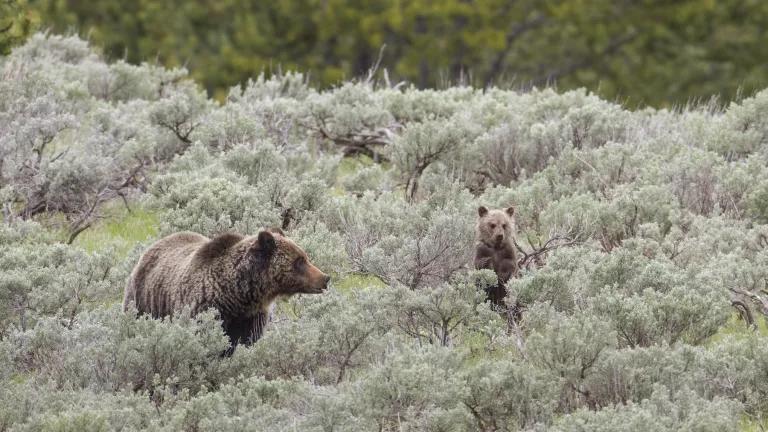
(C) Benjamin Tupper
Do you know what a pangolin is? Where it lives? Why it’s so endangered?
Most people don’t. But World Pangolin Day, which falls on February 17, is a great place to start. So here are 10 facts—some fun, some not so fun—about one of the world’s most vulnerable but least-known species.
1. The word “pangolin” comes from the Malay word “penggulung,” which means “roller.” When it’s threatened, a pangolin will curl itself into a tight ball, which is impenetrable to predators, but makes them easy prey for poachers.
2. There are eight pangolin species—four in Asia and four in Africa. Pangolins are found throughout much of southeastern and eastern Asia and the Indian subcontinent, and across sub-Saharan Africa. They occupy a diverse array of habitats including tropical forests, grasslands, savannas, and deciduous forests.
3. Pangolins are the only mammals that are covered in scales, which are made of keratin—just like our hair and finger nails.
4. Pangolins are the most trafficked wild animal in the world, with more than one million poached over the last decade. In Asia, pangolin scales, blood, and fetuses are used to purportedly treat conditions like liver problems, skin issues, palsy, and swelling, despite the fact that they lack any medicinal or therapeutic value. Pangolins also are considered delicacies in some Asian countries, with their meat selling for up to $200 per kilogram. Secondary threats to pangolins include habitat loss and the African bush meat trade.
5. Due to these threats, all eight species are listed on the International Union for the Conservation of Nature’s (IUCN) Red List as either Endangered (extremely high risk of extinction), Endangered (very high risk of extinction), or Vulnerable (high risk of extinction). All eight species are also listed under Appendix I—the highest level of protection—of the Convention on International Trade in Endangered Species (CITES), which bans all commercial trade in the species.
6. Now that pangolins in Asia have all but disappeared, the illegal trade is turning to African pangolins. Large shipments from African countries bound for China and Viet Nam are seized regularly.
7. Pangolins can consume up to 20,000 ants and termites a day (over 70 million a year) using their long, sticky tongues, which are often longer than their body when fully extended.
8. Pangolins are extremely vulnerable to stress, making them very difficult to keep in captivity. Most die within six months of capture.
9. Pangolins produce only one offspring per year, making it all the more difficult for the species to recover from poaching pressure.
10. Pangolins have large, curved claws that they use for excavating ant and termite nests, as well as for pulling bark off trees and logs to find their insect prey.
These curious creatures may not have the iconic status of elephants or tigers—two other highly endangered species—but they are just as deserving of protection. Let’s use World Pangolin Day to learn about them and spread awareness of their existence and vulnerability.




